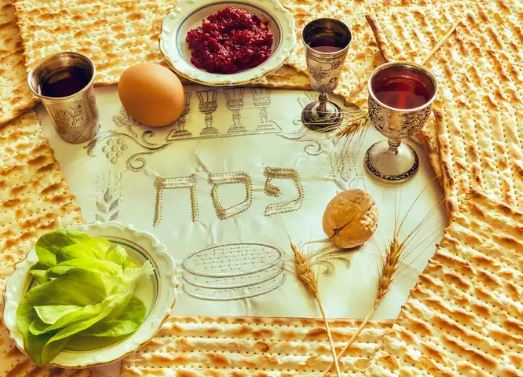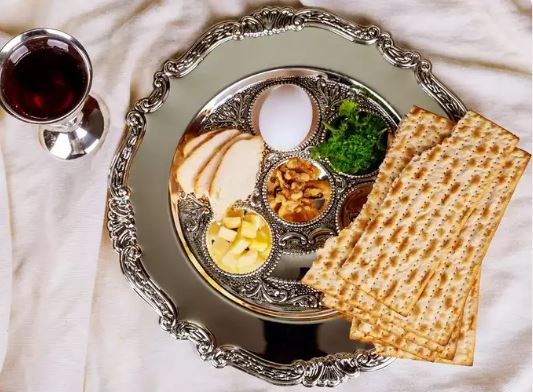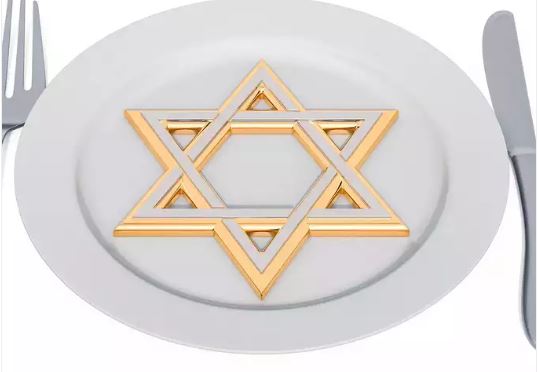
Hearty and comforting, Jewish cuisine has a 3000 years old history and is the one that’s not centred on one specific geographic region.
With the influence of countries like Syria, El Salvador, India, Yemen, Persia, Central Asia as well as Latin-America,
Jewish cuisine originated from Israel but is much more than that. One can easily say that it is a fusion of various cultures.
From what they eat to what they don’t eat, their traditional dishes, you will get to know all about Jewish cuisine in this article. So, don’t wait and read about it.
The ‘styles’ of Jewish cuisine

Looking at Jewish cuisine in the most traditional way possible, there are 3 styles of Jewish cuisine that one can find across the world and they are Sephardic (Jewish food based in India, Middle East, Mediterranean, Red Sea region and North Africa), Ashkenazic (Jewish food from Europe and Russia), and Mizrahi (often referred as the authentic Jewish food based in Israel). One can find these 3 styles of Jewish cuisine all around the world.
The dietary laws

Jewish communities across the world honour the laws of Kashrut also pronounced as ‘kahsh-ROOT’. Unlike most food laws, Jewish dietary laws are believed to be the conceptualization of divine will that was expressed to Moses at Mount Sinai and transcribed in the Old Testament. Kashrut is one of the important pillars of Jewish religious life and implements the aspect of eating and preparing food. From talking about the prohibition against creating fire to slow-cooked Sabbath stews, Kashrut talks about all!
What do they eat?

According to the Book of Deuteronomy, which is an important part of the Jewish religion, there are seven types of produce that are mentioned in it namely – barley, wheat, pomegranate, grapes, dates, figs and olives. The book also describes that the Jewish used to eat mutton, wild plants and legumes in biblical times.
The Kosher rules

Kosher is the backbone of Jewish food that prescribes and proscribes the allowed foods and how they must be prepared prior to cooking and then produced and processed. There are 3 main kosher food categories that include fleishig (meat), milchig (dairy) and pareve (any food that’s not dairy or meat).
The six rules of Jewish cuisine

1. Fish is allowed but it is only deemed kosher if it has scales and fins so this means you can eat tuna, salmon, halibut, or mackerel.
2. Seafood such as shrimp, crab, oysters, and shellfish of any kind and lobsters don’t have scales and fins and so, they cannot be eaten.
3. If the hens or fish are kosher you can use eggs from them (think caviar or fish roe) as long as there is no trace of blood in the eggs. These can also be eaten with dairy or meat.
4. Kosher meat must have been slaughtered by a shochet (ritual slaughterer) in accordance with Jewish law and is entirely drained of blood. Before it is cooked, it is soaked in water for half an hour and sprinkled with coarse salt (which draws out the blood) and left to sit for one hour.
5. Once the salt is washed off the meat it can be sold as kosher. These days any meats labelled kosher must have been produced following these rituals.
6. Because the kosher dietary laws state no butter, milk or cream can be used in cooking dishes with the meat you will see that non-dairy cream substitutes are used in place of them. You may have heard the word schmaltz before and that is simply a rendered chicken fat.
Traditional Jewish dishes

A traditional Jewish meal includes Gefilte Fish, Chicken Soup with Matzo Balls (also called Kneidlach), Brisket, Roasted Chicken, Kugel (which is a potato dish) and Tzimmes (a stew made of carrots and dry fruits).

